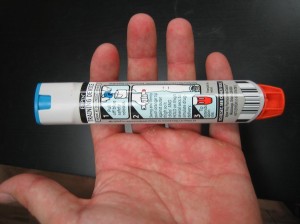Mold allergy is a prevalent condition that arises as an abnormal immune response after inhaling fungal spores. A reaction can occur in both outdoor and indoor environments.
Both mold and mildew are forms of fungi that thrive on moist surfaces of the floors and walls. It causes blackened, smelly stains on hard surfaces of the floors, walls and ceilings. The growth can lead to the release of fungal spores in the air which increases the risk for allergies.
The indoor spaces where molds are present include bathrooms, kitchens and basements. When outdoors, they are present in rotting logs, gardens, fallen leaves and tree twigs and compost mounds.
What are the signs?
The indications of mold allergy might start to manifest within a few minutes up to several hours after being exposed to the fungi. Depending on the degree of sensitivity and exposure, the symptoms might range from minor to severe. If a severe allergic reaction occurs, it is considered as a medical emergency.

The signs of mold allergy might include:
- Runny or stuffed nose
- Sneezing and coughing
- Asthma-like symptoms among those with asthma or other respiratory ailments
- Eye redness, irritation and watery drainage
- Throat irritation
Management of mold allergy
The treatment for mold allergy typically includes the following:
- Anti-allergy drugs for minor reactions that is prescribed by the doctor.
- Symptomatic treatment involves decongestants and steroid sprays
- Breathing support is needed to control the asthma symptoms and low blood pressure
- If anaphylaxis arises, an auto-injector epinephrine should be used.
- Immunotherapy might be suggested for severe allergies to establish long-term tolerance to the potential allergen
